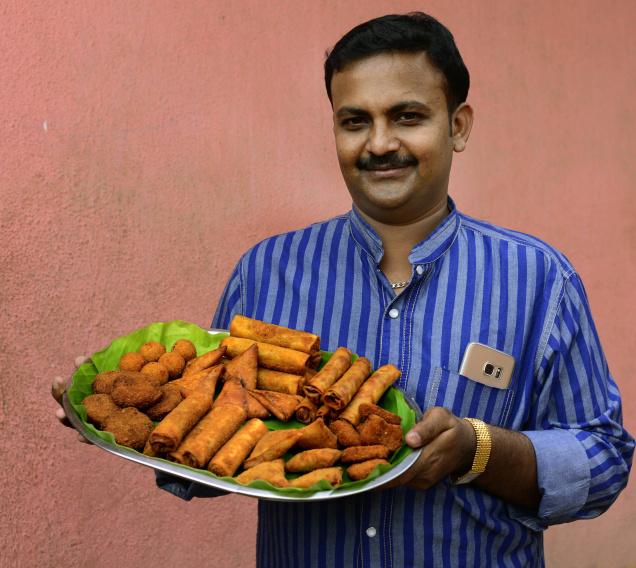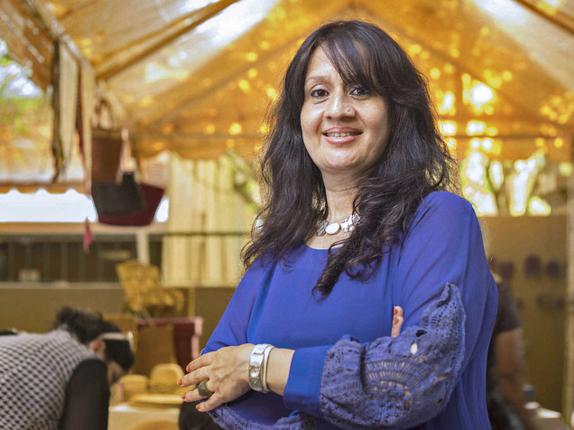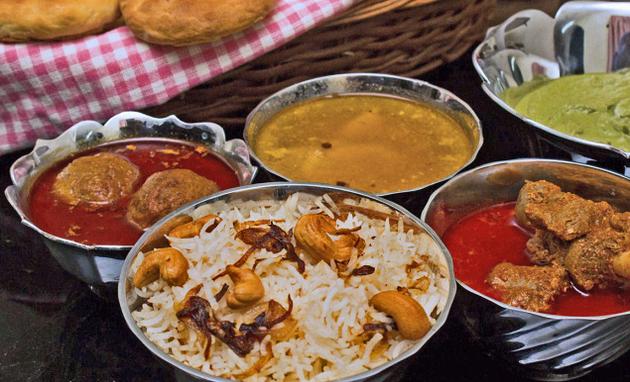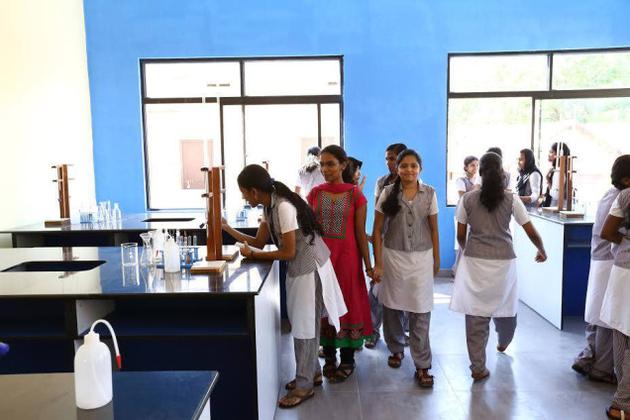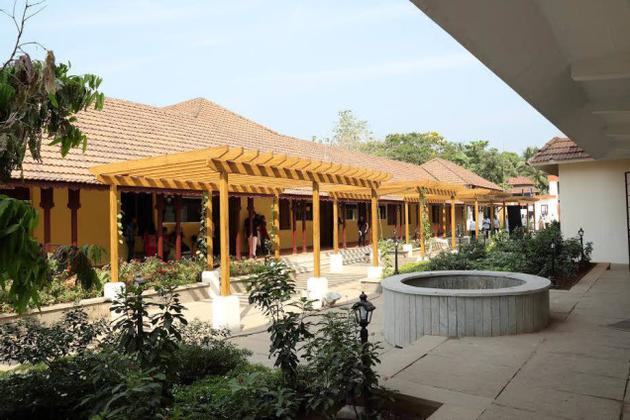Chennai, TAMIL NADU :
From selling samosas in Pudupet to supplying fried goodies to star hotels and airline caterers, Haja Funyamin speaks to about his momentous journey
It’s a searing hot day and we are lost in the many dusty roads of Red Hills. After going around in circles for 15 minutes trying to locate Hafa Foods, we realise that all we had to do was just ask for it. Passers-by smile with a sense of familiarity. “Ah, samosa kadai,” they exclaim, and direct us towards the unit. An unassuming, candy-pink building sits by the side of the road. It’s calm on the outside, but inside, a group of capped and gloved employees are at work like the Oompa-Loompas in Charlie and the Chocolate Factory. Like clockwork, they stuff vegetables and corn into samosa shells.
Haja Funyamin, 35, the owner of Hafa Foods and Frozen Foods, walks around, sampling cutlets and kieves. “I always taste products from each batch to check the quality,” he says. It’s been quite a journey for the young entrepreneur. Sitting in his air-conditioned office, he says: “I used to make Rs. 1,000 a day in 2006; now, my annual turnover is Rs. 1.5 crore. A small business that started with just three or four people now has 45,” he says.
Regulars at Pudupet market know him as the guy who unfailingly supplied them their evening snack of crispy, golden samosas.
The samosa story started in the early 90s when Haja’s mother would make large quantities of the fried delight. After school, Haja and his older brother would carry the onion samosas and sell them to tea shops in Pudupet. It cost 25 paise a samosa, and between them, the two boys would sell out the batch of 300.
Once Haja got married, his wife helped with the frying. “After four years, in 2006, I received the call that changed my life,” he says, dramatically. A frozen food export company liked his samosas and offered him a business deal. They wanted him to make 5,000 samosas a day, which they would freeze and export. Things were going well for Haja, till the same company decided to stop selling products that cost less than Rs. 5. “Since my product cost only Rs. 1.25, it was stopped. For two months, I didn’t know what to do. I had hired 10 people, and had to pay them. Luckily, I managed a bank loan. With that, I paid the workers and bought myself a flour-mixing machine,” he recalls. The same year, in 2007, he launched Hafa Foods and moved to this 8,000 sq. ft., two-storey unit in Red Hills.
Shortly after that, the same export house told him his products were in demand, and asked him to get in touch with a kiosk named Happy Cool Bar. He started supplying 10,000 samosas a month. As word got around, the demand went up, and so did the range — he added paneer rolls, spring rolls and cutlets.
By 2009, he got bulk orders from amusement parks. The flight kitchens came calling next, followed by star hotels, IT companies and wedding caterers.
“Other than a small outlet in Purasaiwalkam that sells our frozen products, we don’t retail directly through supermarkets and stores. I am sure clients bite into our snacks at hotels and flights and enjoy them, but don’t know who is behind the venture,” he says. Maybe, that’s why part of his future plan is to start a café.
“Now, our catalogue has 16 products,” says Haja, listing out his favourites — chicken pops, nuggets, potato kieves, vegetable wraps, breaded rolls… Next, I plan to introduce vegetable lollipop and sabudana vada. These have been on trial for two months now,” he says. In a week, Hafa Foods makes non-vegetarian goodies only thrice a week. They use 20 tonnes of vegetables and two tonnes of meat in a month. Haja says his wife and he are in the unit from 9 a.m. and stay till 9 p.m., long after their staff leave. Their two children, a 13-year-old daughter and nine-year-old son, study on their own, and he’s happy with how responsible they are. “I am working towards making this an international export company. So, by the time my daughter is 21, she can take charge of it,” he smiles.
source: http://www.thehindu.com / The Hindu / Home> Features> MetroPlus> Society / by Priyadarshini Paitandy / May 16th, 2016
